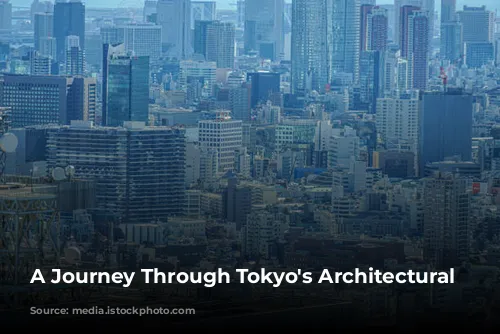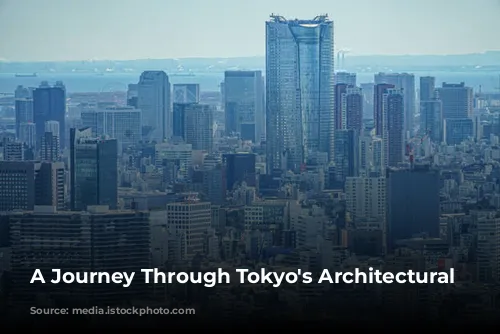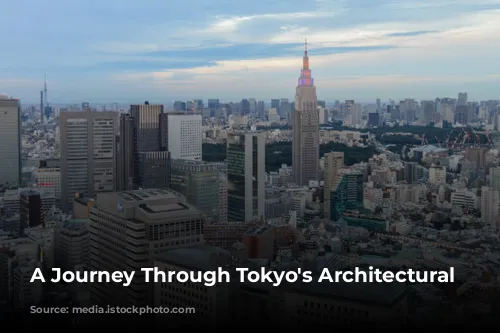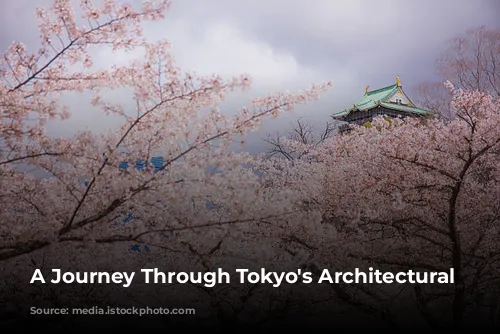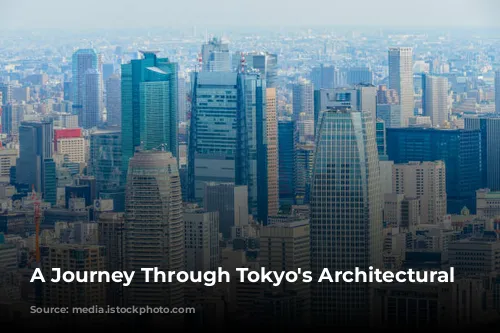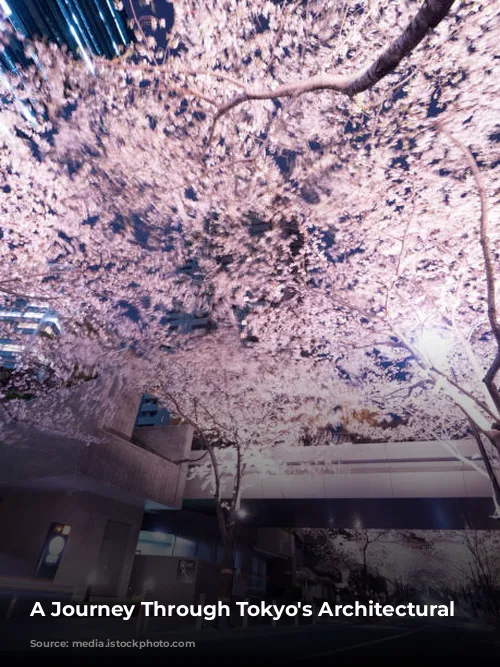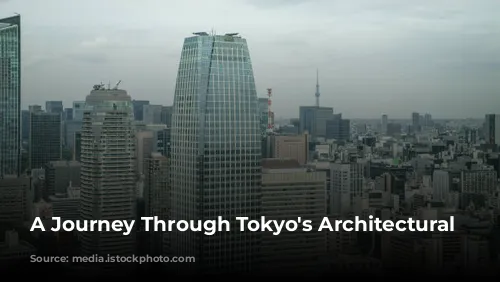Embark on an architectural adventure through Tokyo, where tradition and modernity converge to create a breathtaking landscape of cultural richness.
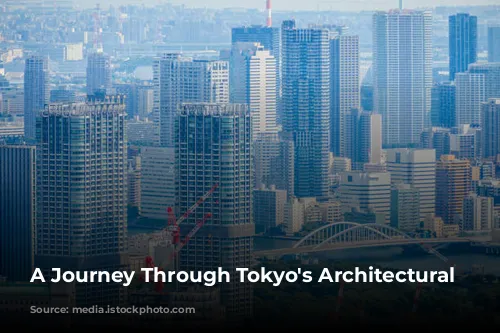
Horyuji Temple: Where Ancient Artifacts Meet Modern Architecture
Our journey began at the Gallery of Horyuji Treasures, a tribute to the world’s oldest wooden building, Horyuji Temple. Designed by the renowned architect Taniguchi Yoshio, this gallery seamlessly blends ancient artifacts with modern architectural design. As we approached, Loris astutely observed the gallery’s asymmetrical design, a subtle nod to traditional Japanese aesthetics interpreted through a modern lens. The contrasting sizes of the ponds added an intriguing layer, harmonizing the contemporary structure with the timeless beauty of Japanese design principles.
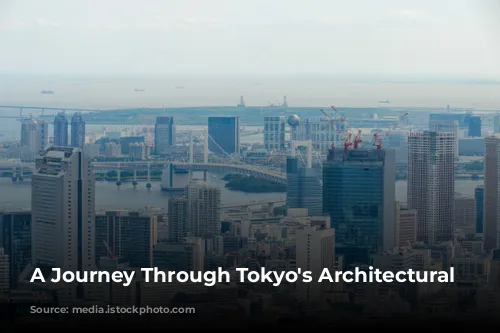
The National Museum of Nature and Science: A Blend of History and Modernity
The National Museum of Nature and Science boasts a captivating facade that epitomizes early 20th-century modern architecture. From above, the building resembles an airplane, showcasing its dignified Neo-Renaissance style. Loris was particularly drawn to the grandeur of the Neo-Renaissance design, admiring the scratch-tiled exterior, a testament to its 1931 construction, and the captivating airplane-shaped structure. He also noted the intricate stained glass pattern depicting a phoenix, a mythical bird symbolizing auspiciousness in Japanese culture. This subtle integration of Western and Japanese elements in the museum’s aesthetics underscores the harmonious blend of cultural influences in Tokyo’s architecture. The museum’s commitment to creating a captivating atmosphere is further evident in its use of serene domes, natural light, and Jurassic marble slabs, adding an intriguing layer of historical significance to its architectural splendor.
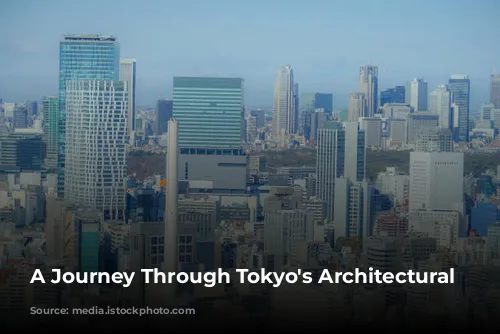
Tokyo Bunka Kaikan: A Symphony of Color and Starry Skies
Tokyo Bunka Kaikan, designed by the celebrated architect Kunio Maekawa, is a testament to his signature use of vibrant colors and innovative design. The concert hall’s ceiling, reminiscent of a starry sky, creates a mesmerizing ambiance. Standing side by side with the National Museum of Western Art, these two architectural masterpieces share an equal height, a harmonious balance of scale and design. Loris couldn’t help but admire the seamless harmony between Tokyo Bunka Kaikan and the Park Exit of Ueno Station, both thoughtfully designed with a forest-inspired concept, reflecting a deep connection to nature.
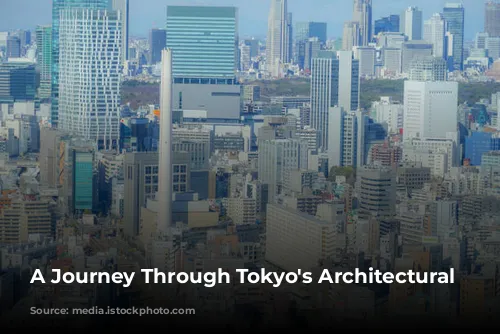
Kabukiza Theatre: A Stage for Cultural Evolution
Our next stop, the Kabukiza Theatre, is the only theatre in the world dedicated solely to kabuki, a traditional Japanese art form. First built in 1889, it has undergone four phases of reconstruction, each marking a significant chapter in its history and cultural significance. Loris was intrigued by the building’s historical evolution, observing its initial Western appearance before transitioning to a Japanese architectural style. The influence of the Imperial Theatre, renowned for its Western-style musicals and operas, is evident in the theatre’s design. Loris emphasized that the reconstruction to a purely Japanese palatial style embraced the essence of Japanese culture and seamlessly harmonized with the theatre’s artistic offerings. This transformation ultimately shaped the iconic look we associate with the Kabukiza Theatre today. The Goemon staircase, connecting the rooftop garden to the fourth-floor corridor, provides an opportunity to appreciate the roof tiles, where a unique reversed phoenix tile adds a touch of intrigue.
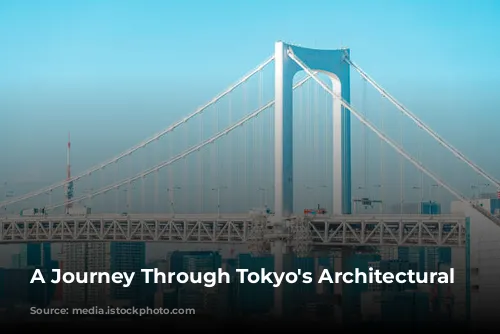
National Art Center: A Beacon of Artistic Innovation
The National Art Center, a beacon of artistic innovation in Roppongi, captivates visitors with its iconic architecture. Using the CONIC architecture guide web application, we embarked on an architectural tour, marveling at the glass curtain wall on the south side and the expansive lobby serving as a public space for open-air exhibitions. The lobby houses two colossal concrete structures known as the ‘Cones,’ strategically positioned to allow unobstructed views between the upper and lower floors. The inverted cone shape ensures a spacious dining area and an open, airy lobby, while Kurokawa’s innovative use of floor-based air circulation reflects a thoughtful approach to creating an optimal exhibition environment. Visitors can choose from four distinct dining options, each offering delightful cuisine, captivating views, and charming interiors. Loris praised the NACT for its inclusive accessibility, highlighting its open invitation to everyone. The NACT’s free entry policy ensures its luxurious facility is accessible to all, making art accessible to everyone.
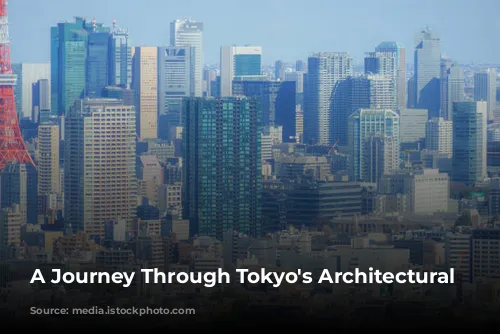
21_21 DESIGN SIGHT: Where Design and Innovation Converge
Concluding our Roppongi adventure, we visited 21_21 DESIGN SIGHT, an innovative design institution. A short walk from the National Art Center, this venue showcases the creative fusion of design and architectural brilliance, further emphasizing Tokyo’s commitment to innovation. The building, designed by architect Tadao Ando, features a unique form with a roof made from giant steel plates sloping gently down to the ground. The space opens out on a scale unimaginable given the building’s unobtrusive exterior, showcasing the ingenuity of Ando’s design. The ground floor houses Gallery 3 and shop space, while the underground floor houses two galleries and a naturally lit sunken court. Ando’s design reflects Issey Miyake’s concept of “A Piece of Cloth” in clothing design, using one sheet of folded steel for the roof. In addition to the roof, the building incorporates Japan’s world-leading technology, such as the longest sheet of double-glazed glass in Japan.
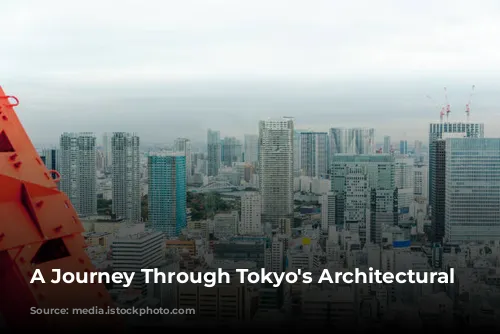
Tokyo’s Architectural Legacy: A Harmonious Blend of Tradition and Modernity
Our exploration of Tokyo’s architectural wonders unveiled a harmonious blend of tradition and contemporary design, creating an unforgettable tapestry of cultural richness and artistic excellence. From the ancient elegance of Horyuji Temple to the innovative design of 21_21 DESIGN SIGHT, Tokyo’s architectural landscape reflects the city’s commitment to innovation and its deep respect for its rich cultural heritage.
